In an era where technology has seamlessly integrated into various aspects of our lives, our homes are no exception. The rise of smart thermostats and appliances has revolutionized the way we experience comfort within the confines of our living spaces. This article delves into the intricacies of this technological shift, exploring the functionalities, benefits, and challenges associated with the adoption of smart home devices.
Understanding Smart Thermostats
Smart thermostats represent a significant departure from their traditional counterparts. Unlike conventional thermostats that merely regulate temperature settings, smart thermostats boast advanced features such as remote accessibility, learning capabilities, and energy-saving algorithms. These devices leverage artificial intelligence to adapt to user preferences over time, optimizing both comfort and energy efficiency.
The Evolution of Smart Appliances
The realm of smart appliances extends beyond thermostats, encompassing a diverse array of household gadgets. From refrigerators that can create shopping lists to ovens that can be preheated through a smartphone app, the evolution of smart appliances has been nothing short of transformative. These devices are designed to streamline daily tasks and enhance overall convenience.
Integration and Connectivity
The true power of smart home technology lies in its ability to create a connected ecosystem within the household. Smart thermostats and appliances communicate with each other, allowing for seamless coordination. Imagine your thermostat adjusting the temperature based on data received from your smart refrigerator, optimizing energy usage and creating a harmonized living environment.
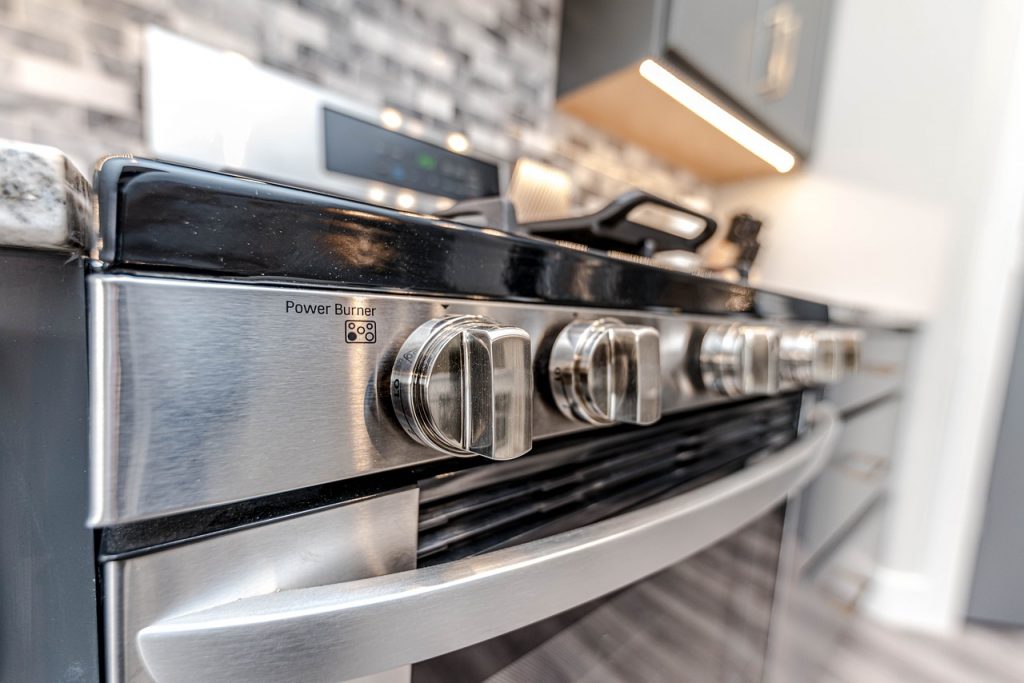
Energy Efficiency and Cost Savings
One of the primary advantages of smart thermostats is their impact on energy consumption. Through intelligent algorithms and real-time data analysis, these devices can identify patterns in usage and adjust settings to maximize energy efficiency. Case studies have shown significant reductions in energy bills for households employing smart thermostats, making them not only a comfort enhancer but also a cost-effective solution.
User-Friendly Features
Smart devices are designed with the user in mind, offering a range of user-friendly features. Customization options allow individuals to tailor their devices to meet specific preferences, from creating personalized heating and cooling schedules to adjusting appliance settings remotely. The intuitive interfaces of these devices make them accessible to users of all technological backgrounds.
Security and Privacy Concerns
As we embrace the convenience of smart technology, it is crucial to address security and privacy concerns. Smart home devices, including thermostats and appliances, are susceptible to hacking and unauthorized access. This section explores common security issues and provides practical tips for securing smart devices, ensuring a worry-free experience for users.
Market Trends and Innovations
The market for smart home technology is dynamic, with constant innovations shaping its landscape. From voice-activated assistants integrated into appliances to advancements in artificial intelligence, staying abreast of market trends is essential for those seeking to upgrade their living spaces with the latest in smart home technology.
Environmental Impact
In addition to the personal benefits, smart technology also contributes to environmental sustainability. The ability of smart devices to optimize energy usage not only reduces utility bills but also lessens the overall environmental footprint. This section explores how the adoption of smart thermostats and appliances aligns with the global push towards eco-friendly living.
Challenges and Solutions
No technological shift is without its challenges. This section identifies common issues faced by users, such as connectivity problems, software glitches, and compatibility issues. Practical solutions and troubleshooting tips are provided to assist users in overcoming these challenges and maximizing the functionality of their smart devices.
User Experiences and Reviews
Real-life experiences often provide valuable insights into the practicality and performance of smart home devices. This section includes anecdotes from users who have integrated smart thermostats and appliances into their homes, offering a firsthand perspective on the benefits and potential drawbacks of these technologies.
Future Outlook
As technology continues to advance, the future of smart thermostats and appliances holds exciting possibilities. From improved energy efficiency to enhanced integration with emerging technologies, this section explores the potential developments that may shape the landscape of connected comfort in the years to come.
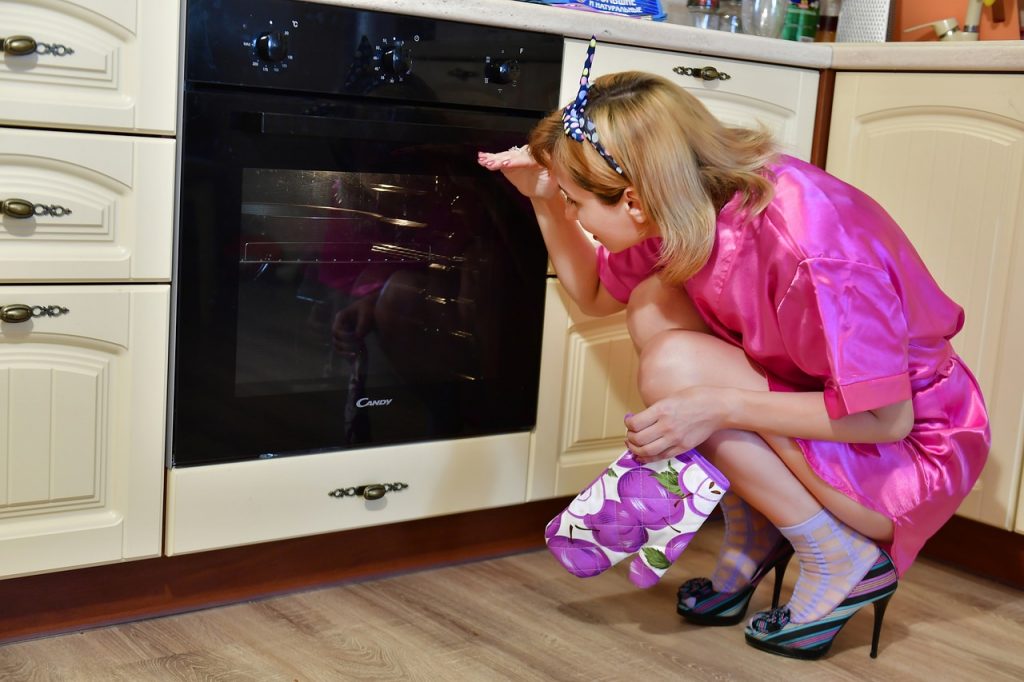
Choosing the Right Smart Devices
For those considering the adoption of smart technology, selecting the right devices is paramount. This section outlines key factors to consider when choosing smart thermostats and appliances, including compatibility, features, and brand reputation. Recommendations for specific brands and models are provided to guide readers in making informed decisions.
Installation and Setup Process
The journey to connected comfort begins with the proper installation and setup of smart devices. This section offers a step-by-step guide to installing and configuring smart thermostats and appliances. Common issues that may arise during the installation process are addressed, along with practical tips for troubleshooting.
Conclusion
In conclusion, the rise of smart thermostats and appliances signifies a paradigm shift in how we perceive and experience comfort within our homes. The integration of these devices into our daily lives not only enhances convenience but also contributes to energy efficiency and environmental sustainability. As we navigate the evolving landscape of smart home technology, the pursuit of connected comfort remains at the forefront of modern living.
FAQs
- Are smart thermostats compatible with all HVAC systems?
- Smart thermostats are designed to be compatible with a wide range of heating, ventilation, and air conditioning (HVAC) systems. However, it is essential to check the device specifications and compatibility requirements before making a purchase.
- How do smart appliances contribute to energy savings?
- Smart appliances optimize energy usage through features like intelligent algorithms and real-time data analysis. They identify usage patterns and adjust settings to maximize energy efficiency, resulting in reduced energy consumption and lower utility bills.
- What security measures can I take to protect my smart home devices?
- To enhance the security of smart home devices, users should regularly update firmware, use strong and unique passwords, enable two-factor authentication, and secure their Wi-Fi network. Regularly monitoring device activity and being cautious with third-party integrations also helps prevent unauthorized access.
- Do smart devices require a constant internet connection?
- Most smart devices rely on a stable internet connection for full functionality, including remote access and software updates. However, some devices may have offline capabilities for basic functions even if the internet is temporarily unavailable.
- Can smart thermostats be controlled through voice commands?
- Many smart thermostats are compatible with voice-activated virtual assistants like Amazon Alexa and Google Assistant. This allows users to control their thermostats, adjust settings, and inquire about temperature conditions using simple voice commands.
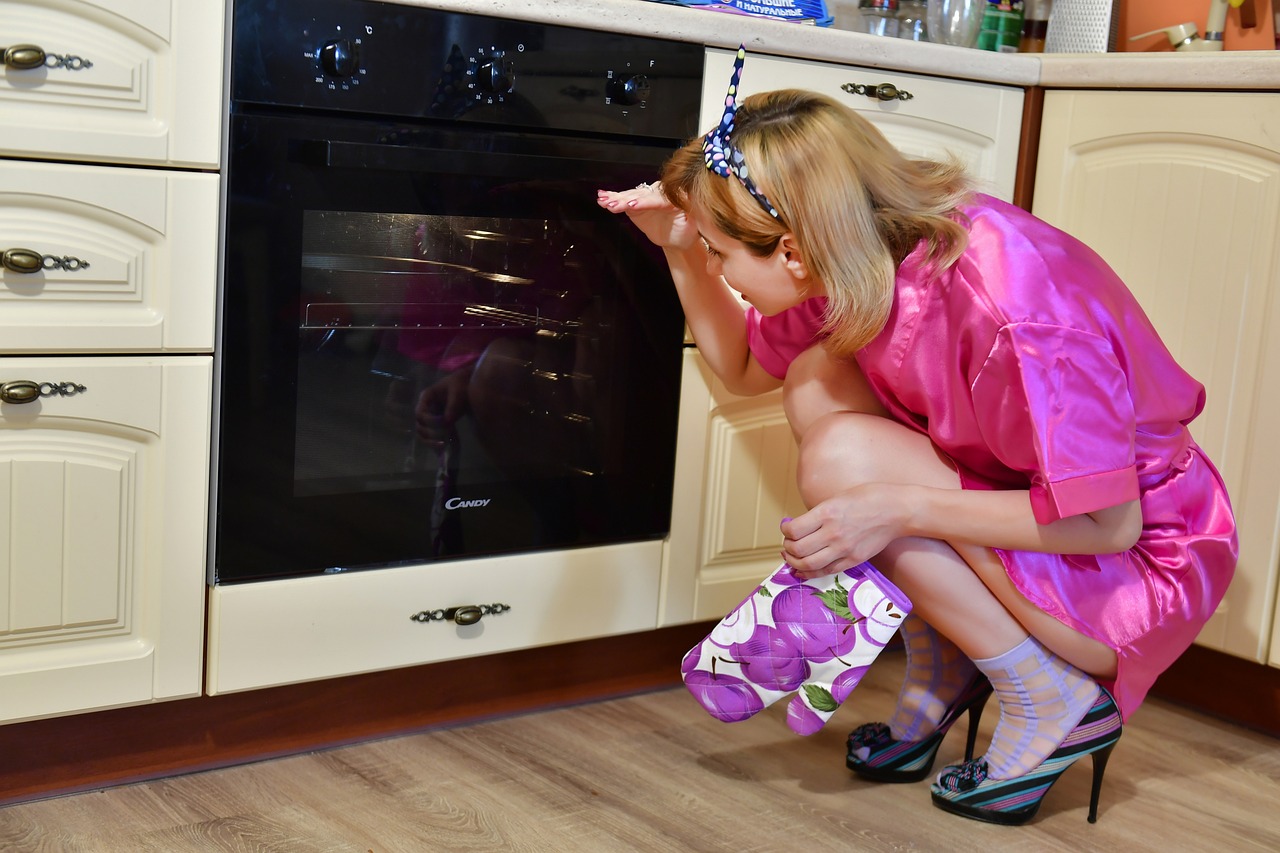
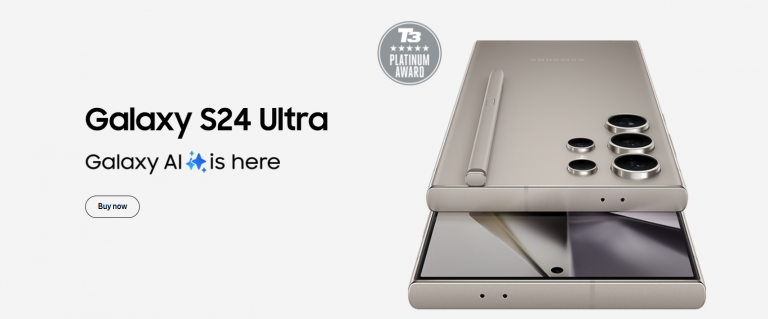
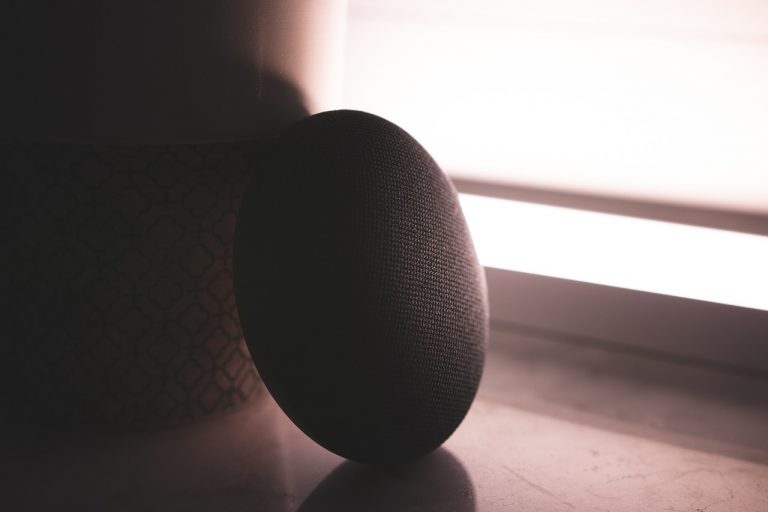
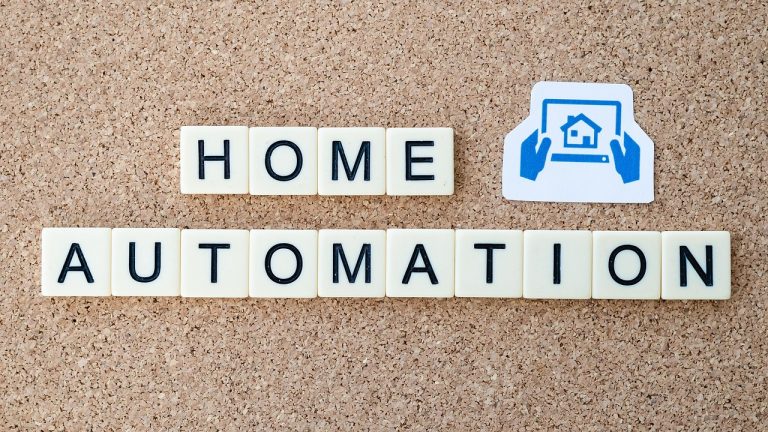








+ There are no comments
Add yours